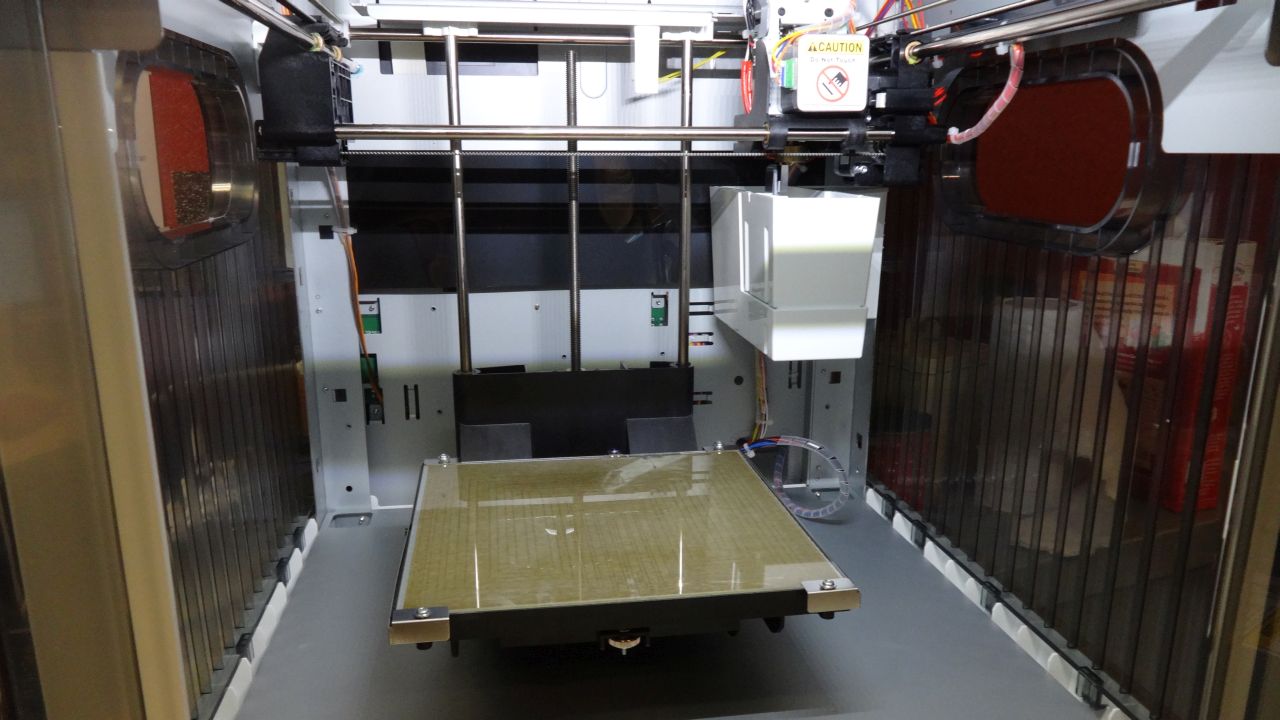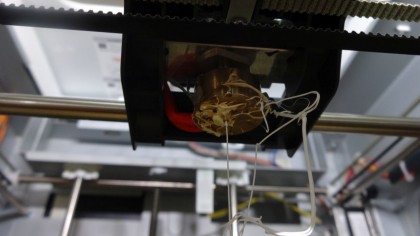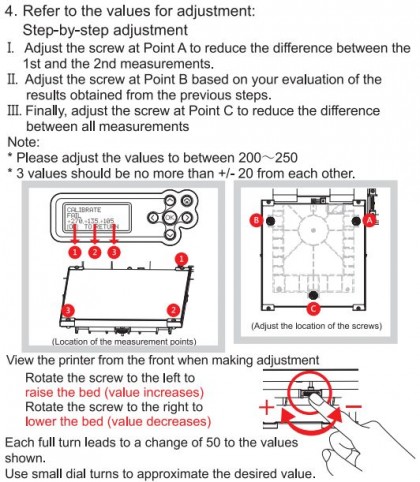What a spreadsheet taught me about the future of 3D printing
Sheer unluckiness or something else?

This was supposed to be a hands-on of our first 3D printer here at TechRadar. Instead it turned out to be an eye-opener into how far away we are from user-friendly, plug-and-play 3D printers altogether.
Note that this is not in any way a scathing assessment of this particular brand and make (the surprisingly affordable XYZPrinting Davinci 1.0, £500). Don't get me wrong, I believe in 3D printing and the snag I hit was a small one in the long journey to reaching consumer mass market.
Indeed, I interviewed XYZprinting last month at IFA and couldn't have been happier about what I saw.
To be fair, the enthusiasm of the team here at TechRadar was understandably high after we had printed our first two 3D models, samples provided by the manufacturer.
We decided to print something we wanted, an awesome iPhone 6 case with Han Solo. You only have to load the file you've downloaded from thingiverse and press print. But things didn't pan out as expected.
Days before, we received the Da Vinci 1.0. It came in a massive box and a cautionary note from my contact; "there will be a canister at the side," she wrote, "and if it has gone a redish colour, don't accept the order and ask for it to be returned as it will have been shaken up too much and won't work correctly."
At 23kg, it is bulky - and it looks and feels like a workgroup laser printer - and while installation is a breeze, there were a number of caveats. 3D printers consume a lot of power (probably the best part of 1Kw) and the consumables are rather expensive (about £50 per kg).
Sign up to the TechRadar Pro newsletter to get all the top news, opinion, features and guidance your business needs to succeed!
3D Printers - especially those using FFF (fused filament fabrication) technique - tend to be noisy (very noisy) because of the mechanical parts. They also emit rather pungent fumes.
These problems are further compounded by the fact that printing something - anything - in 3D takes time. A lot of time. Our first sample took more than an hour to process, print and cool (hat tip: open the printer's door to accelerate the cooling process; you'll have to live with the smell). The case we wanted to print was expected to be finished more than four hours after we pressed the print button.
Anyway, assuming that the printer is to be stored somewhere else (remember though that it comes with USB 2.0 connectivity only so likely to be used on a desktop near you), you still have to deal with mishaps.
In my case, I forgot to put UHU glue (yes, UHU glue) on the heating platform. Never underestimate the importance of UHU; hindsight taught me that it provides the initial grip on which the 3D model will 'grow'. What happened next in my Han Solo Case Printing saga is what tech nightmares are made of; the printer nozzle got clogged as the molten filament didn't stick to the base.

When I tried to clean it, I mistakenly - I think - disturbed the platform which ended up needing a recalibration. Calibration is a critical process which ensures that the printer nozzle is perfectly aligned with the printing base. Get that wrong and you have exactly zero chance of producing whatever you had in mind. That's why the printer comes pre-calibrated so that you can use it out of the box.
The calibration process, it turned out, is a proper pain. You have to turn three knobs on the side of the platform but, as our images show, the underlying logic couldn't be more complex.

That's where I resorted to a spreadsheet, the ideal tool to crack the code and find the link between a trio of random numbers. I spent nearly two hours tinkering with it and tried more than 20 combinations before I gave up. Want to have a go at it? Check the table below and good luck!

Speaking of luck, Gartner reckons that 3D printer manufacturers won't need it as it predicts that sales will more than double over the next year. But for the device to reach mass market, 3D printer makers will need to make them far more foolproof than they currently are.
Until then, expect 3D printers to remain a pipe dream for the rest of us and a play thing for serious enthusiasts.

Désiré has been musing and writing about technology during a career spanning four decades. He dabbled in website builders and web hosting when DHTML and frames were in vogue and started narrating about the impact of technology on society just before the start of the Y2K hysteria at the turn of the last millennium.